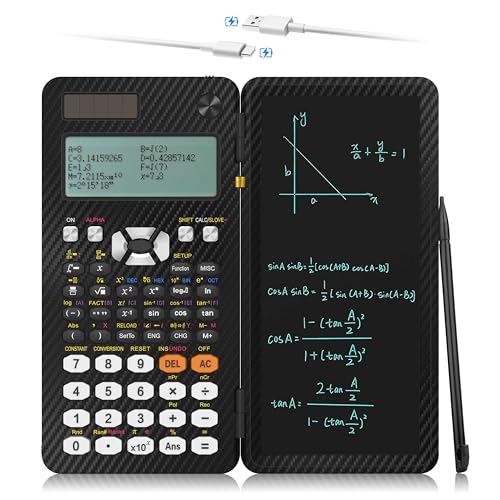TNSparky
Well-known member
Was running the other day and thought of these. Good things to think about.
1. A transmission line has an impedance of 10 ohms (ignore reactive and capacitive impedance). A distance relay is set to protect 120% of this line. The current transformer connected to the relay has a ratio of 600:1. The potential transformer connected to the relay has a ratio of 1000:1. The ohmic reach the relay is set to is most nearly:
A. 20 ohms, B. 12 ohms, C. 10 ohms, D. 7 ohms
2. A 3-phase, 2-pole, 60 Hz synchronous machine has a rating of 600MVA at 0.9 power factor. The machine is brought up to synchronous speed, and is left to sit in these conditions, not connected to a power system. What will happen if the exciter field current is raised in these conditions?
A. The machine will speed up and power factor will become unity. B. The machine's real power output will increase. C. The machine's reactive power output will increase. D. The machine's stator terminal voltage will increase.
3. A certain power system is protected with a non-time delay 67 element and a 51 element. The purpose of the 51 element is to:
A. Establish fault current directionality and initiate trip instantaneously. B. Wait a specified amount of time, then initiate a trip. C. Initiate trip after an unhealthy voltage is detected. D. Initiate trip instantaneously, regardless of the direction of the fault.
4. A 3-phase transformer has a primary winding of 115kV, secondary winding of 69kV, and is rated at 10MVA with 9% impedance. The apparent power output on the secondary side is most nearly:
A. 17 MVA. B. 6 MVA C. 10 MVA D. 15 MVA
5. According to the 2014 NEC, the primary purpose of a ground-fault circuit interrupter (GFCI) is to:
A. Protect personnel from ground faults. B. Protect equipment from ground faults. C. Protect switchgear from ground faults. D. Protect wiring and feeders from ground faults.
6. During a single-line to ground fault, the following sequence currents are available:
A. Positive and negative ONLY. B. Positive and zero ONLY. C. Negative and Zero ONLY. D. Positive, negative and zero sequence.
I'll provide answers by Sunday (4/9). These did not come from a practice exam or an actual exam. These are original questions composed by me. I just wanted to share with you all because they are good things to think about.
1. A transmission line has an impedance of 10 ohms (ignore reactive and capacitive impedance). A distance relay is set to protect 120% of this line. The current transformer connected to the relay has a ratio of 600:1. The potential transformer connected to the relay has a ratio of 1000:1. The ohmic reach the relay is set to is most nearly:
A. 20 ohms, B. 12 ohms, C. 10 ohms, D. 7 ohms
2. A 3-phase, 2-pole, 60 Hz synchronous machine has a rating of 600MVA at 0.9 power factor. The machine is brought up to synchronous speed, and is left to sit in these conditions, not connected to a power system. What will happen if the exciter field current is raised in these conditions?
A. The machine will speed up and power factor will become unity. B. The machine's real power output will increase. C. The machine's reactive power output will increase. D. The machine's stator terminal voltage will increase.
3. A certain power system is protected with a non-time delay 67 element and a 51 element. The purpose of the 51 element is to:
A. Establish fault current directionality and initiate trip instantaneously. B. Wait a specified amount of time, then initiate a trip. C. Initiate trip after an unhealthy voltage is detected. D. Initiate trip instantaneously, regardless of the direction of the fault.
4. A 3-phase transformer has a primary winding of 115kV, secondary winding of 69kV, and is rated at 10MVA with 9% impedance. The apparent power output on the secondary side is most nearly:
A. 17 MVA. B. 6 MVA C. 10 MVA D. 15 MVA
5. According to the 2014 NEC, the primary purpose of a ground-fault circuit interrupter (GFCI) is to:
A. Protect personnel from ground faults. B. Protect equipment from ground faults. C. Protect switchgear from ground faults. D. Protect wiring and feeders from ground faults.
6. During a single-line to ground fault, the following sequence currents are available:
A. Positive and negative ONLY. B. Positive and zero ONLY. C. Negative and Zero ONLY. D. Positive, negative and zero sequence.
I'll provide answers by Sunday (4/9). These did not come from a practice exam or an actual exam. These are original questions composed by me. I just wanted to share with you all because they are good things to think about.





















